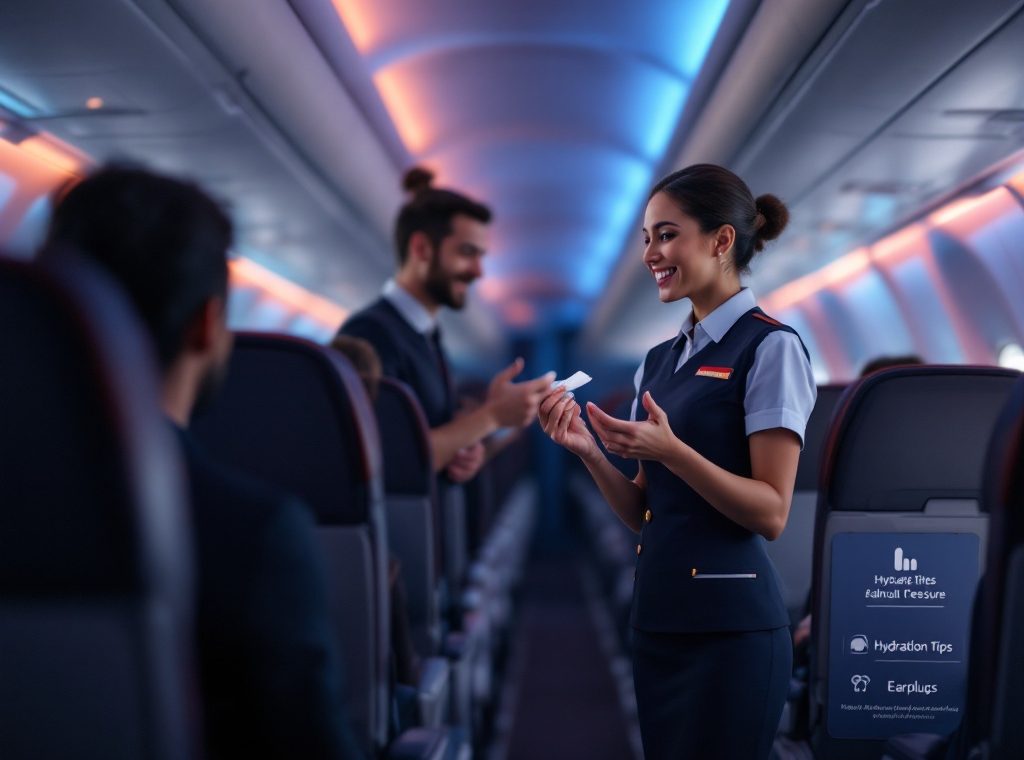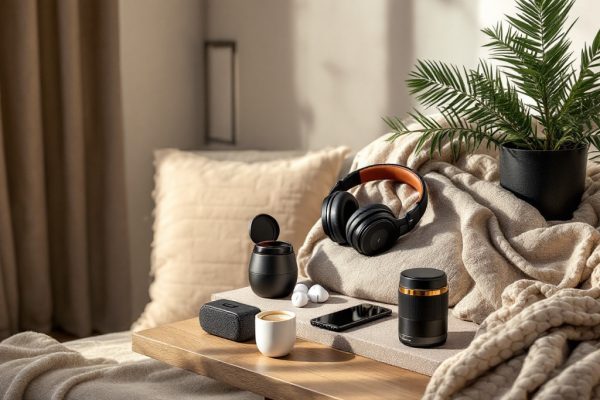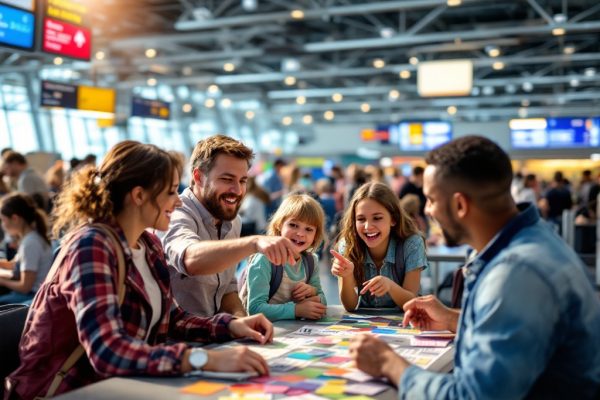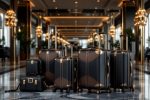How Do Flight Attendants Deal with Ear Pressure?
Do your ears ache during flights? Understanding ear pressure and how to manage it can make your travel experience much more comfortable. This article explores the Eustachian tube’s role in pressure regulation and why it’s crucial during air travel. Discover practical tips and techniques, from chewing gum to the Valsalva maneuver, to prevent and alleviate ear discomfort. Learn how staying hydrated and even using specialized earplugs can help. Read on to make your next flight a pain-free one.
Important information
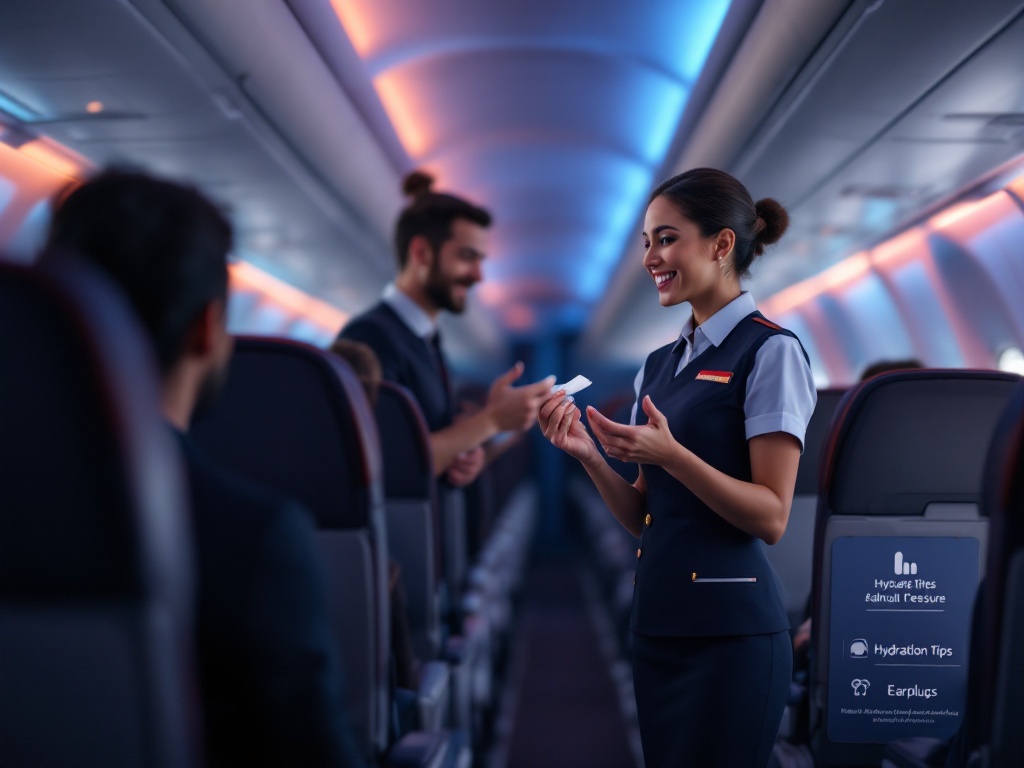
- Ear pressure changes during flights happen because of the Eustachian tube, which connects the middle ear to the outside and regulates pressure. Blockage, often from congestion, prevents pressure equalization, causing discomfort.
- Blocked Eustachian tubes are the main reason for ear discomfort during flights. Congestion, allergies, and infections can block these tubes.
- Simple actions like chewing gum, yawning, and swallowing can help open the Eustachian tubes and equalize ear pressure.
- Staying hydrated by drinking water helps keep mucous membranes moist, which aids in ear pressure regulation.
- The Valsalva maneuver (gently blowing while pinching your nostrils closed) can equalize ear pressure, but do it gently and avoid it if you have an ear infection.
Understanding Ear Pressure and Its Causes
Air pressure changes, particularly during flights, often lead to ear discomfort. This is because a small tube, the Eustachian tube, connects your middle ear to the outside environment and regulates pressure. If this tube becomes blocked, perhaps due to congestion, the pressure can’t equalize, creating that uncomfortable feeling. Rapid pressure changes during takeoff and landing can even cause a painful condition called ear barotrauma. Understanding how these pressure fluctuations impact your ears is key to minimizing discomfort.
The Eustachian Tube: Key to Pressure Equalization
The Eustachian tube, a small passage connecting your middle ear to the back of your throat, regulates air pressure. For optimal hearing and ear health, the middle ear’s pressure must equalize with the external environment. During airplane ascents and descents, cabin pressure changes, prompting the Eustachian tube to open and close, balancing pressure and preventing ear discomfort or eardrum damage. However, a blocked Eustachian tube, often due to congestion or inflammation, hinders this equalization, potentially causing pain, muffled hearing, and a feeling of fullness in the ears. This can be especially problematic during air travel.
How the Eustachian Tube Works
The Eustachian tube connects the middle ear to the back of the throat and regulates air pressure. It opens and closes to equalize pressure and maintain optimal hearing. This function is crucial for preventing ear discomfort and potential eardrum damage.
Problems with a Blocked Eustachian Tube
A blocked Eustachian tube can hinder pressure equalization, leading to various issues during air travel. These problems often arise from congestion or inflammation. Symptoms can include pain, muffled hearing, and a feeling of fullness in the ears.
Common Causes of Ear Pressure Discomfort
Ear pressure discomfort is a common problem, often caused by altitude changes, especially during air travel. Allergies, sinus infections, ear infections, and even a simple cold can also contribute by making it harder for your ears to equalize pressure. The primary culprit during flights, however, is blocked Eustachian tubes.
Barotrauma: What Happens During Air Travel
Air pressure changes during flight, especially during takeoff and landing, can affect your ears. The Eustachian tube, which connects your middle ear to your throat, usually equalizes this pressure. However, if this tube is blocked, often due to congestion, a pressure imbalance can occur. This can lead to ear pain and discomfort, known as barotrauma. In more serious cases, eardrum damage or even hearing loss can occur. Therefore, protecting your ears during air travel is crucial.
How Flight Attendants Manage Ear Pressure During Flights
Flight attendants utilize several methods to help passengers manage ear pressure changes during flights. These include: chewing gum, swallowing frequently, and sipping water. These actions help open the Eustachian tubes, which equalizes ear pressure. The Valsalva maneuver, gently exhaling while pinching your nostrils, can also provide relief. Staying hydrated is important, so flight attendants encourage passengers to drink plenty of fluids. This helps keep mucous membranes moist, which aids in regulating ear pressure. Flight attendants readily offer advice on these techniques to ensure passenger comfort. Some flight attendants also use nasal sprays or decongestants before flights to clear congestion and prevent potential ear pressure problems.
The Role of Cabin Crew in Managing Ear Pressure
Postpone your trip if you have a cold. Flying with a cold can worsen ear problems.
Chew gum or yawn during the flight. These simple actions can help relieve ear pressure.
Try the Valsalva maneuver. Gently blow your nose while pinching it closed to equalize ear pressure.
Stay hydrated. Drinking plenty of water helps regulate ear pressure and ensures a more comfortable flight.
Importance of Cabin Pressure Equalization
Cabin pressurization is crucial for a comfortable and safe flight. It safeguards passengers from ear discomfort and the potential for serious barotrauma. The Eustachian tube plays a vital role by releasing air into the nose and throat, equalizing pressure between the middle ear and the cabin environment. This equalization is essential for passenger well-being during flight.
Techniques Used by Flight Attendants to Relieve Ear Pressure
Experiencing ear pressure discomfort? Here are some effective ways to find relief:
Valsalva Maneuver: Close your mouth, pinch your nose, and gently blow. This forces air into the Eustachian tubes, equalizing pressure.
Swallowing or Yawning: These natural actions can open the Eustachian tubes, promoting airflow and pressure equalization.
Hot Cup Technique: Place a warm, damp cup over your ear. The resulting vacuum can help relieve pressure.
Hydration: Staying hydrated, especially during flights, thins mucus, helping the Eustachian tubes open more easily for pressure equalization.
Chewing Gum: Like swallowing, chewing gum can also help open the Eustachian tubes and equalize ear pressure.
The Valsalva Maneuver: How It Works
Experiencing ear pressure discomfort? The Valsalva maneuver can provide relief. Pinch your nostrils closed, close your mouth, and gently exhale. This action forces air into your Eustachian tubes, equalizing the pressure in your middle ear and alleviating the discomfort. Frequently used by flyers, this technique helps manage ear pressure changes during flight. Remember, a gentle approach is crucial. Blowing too hard can cause damage. This method is not recommended if you have an ear infection.
Swallowing and Yawning: Simple Techniques
Yawning or swallowing opens the Eustachian tubes, which regulate air pressure in the middle ear. This helps balance the pressure between your ear and the airplane cabin, particularly during ascent and descent.
If you have a cold, these methods may be less effective. Chewing gum can also help equalize ear pressure and make your flight more comfortable.
The Hot Cup Method: An Innovative Solution
Flight attendants often offer a quick fix for ear pressure discomfort during flights: a hot cup and a damp washcloth held over the affected ear. The steam helps open the Eustachian tubes, relieving pain and pressure, and making the flight more comfortable.
Importance of Staying Hydrated During Flights
Staying hydrated is crucial for healthy ears, especially during altitude changes. Drinking water maintains the flexibility of the Eustachian tubes’ membranes, enabling them to adjust to pressure variations during ascents and descents. It also encourages swallowing, which naturally opens these tubes and further regulates ear pressure. Hydration is particularly important for children, as they may not swallow often enough, potentially leading to ear pressure issues. Remind children to drink and swallow regularly, especially during flights.
Practical Tips for Passengers to Prevent and Relieve Ear Pressure
Air travel often brings uncomfortable ear pressure changes, but there are simple ways to manage them. Chewing gum, swallowing, or even yawning can encourage your Eustachian tubes to open, relieving the pressure. Filtered earplugs offer a more consistent way to regulate pressure during the flight. If nasal congestion adds to the problem, a decongestant or nasal spray before your flight can help. For babies, a pacifier or bottle during descent encourages the sucking action that equalizes ear pressure. Should discomfort persist, try the Valsalva maneuver: gently blow air while pinching your nose closed. Staying well-hydrated also keeps mucous membranes moist, which assists with pressure equalization.
Chew gum, swallow, or yawn to encourage your Eustachian tubes to open, relieving the pressure.
Use filtered earplugs for a more consistent way to regulate pressure during the flight.
If nasal congestion is an issue, use a decongestant or nasal spray before your flight.
For babies, offer a pacifier or bottle during descent to encourage sucking, which equalizes ear pressure.
If discomfort persists, try the Valsalva maneuver: gently blow air while pinching your nose closed.
Stay well-hydrated to keep mucous membranes moist, which assists with pressure equalization.
The Benefits of Chewing Gum and Drinking Water
Chewing gum promotes swallowing, which helps open your Eustachian tubes and equalize ear pressure, providing relief during flights. Drinking water has the same effect. Consider these simple remedies for a more comfortable flight experience.
Using Earplugs and Other Preventative Measures
Filtered earplugs minimize eardrum pressure by regulating airflow during altitude changes, making flights more comfortable. Specifically designed flight earplugs, combined with yawning or swallowing, further equalize pressure. Staying hydrated also contributes to in-flight comfort.
When to Use Decongestants and Other Medications
Decongestants can relieve Eustachian tube blockage, particularly during severe colds or congestion. However, it’s crucial to consult a doctor before using them during flights, as some may interact negatively with air travel. Your doctor can recommend the most suitable option.

